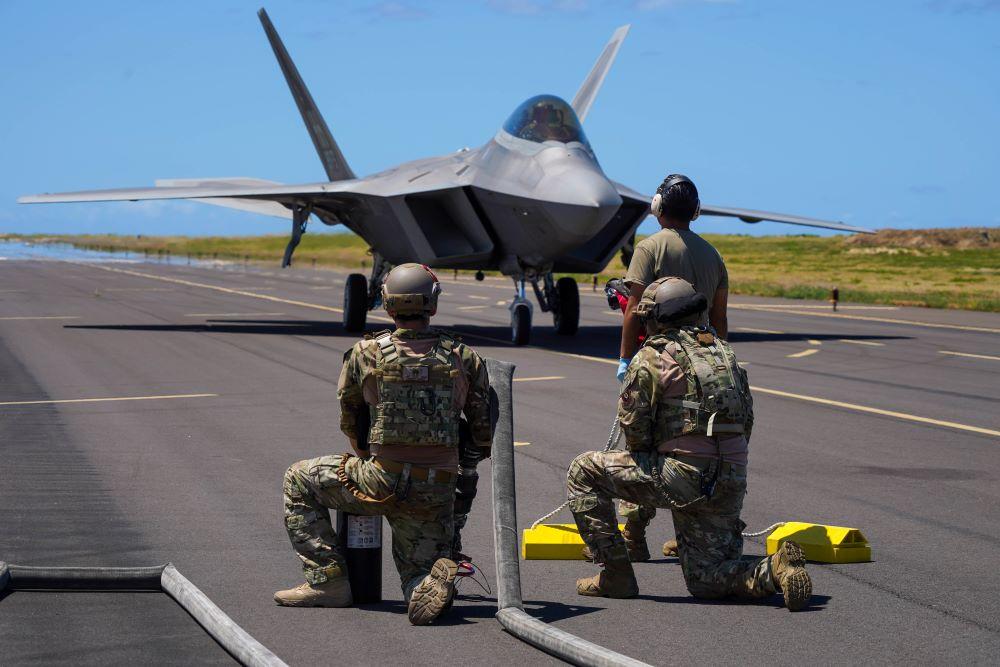
U.S. Air Force airmen operate an F-22 forward refueling point in September 2021.
Credit: U.S. Air Force
Here’s a simplified version of how the U.S. Air Force currently deploys its combat aircraft: F-22s are needed in the Pacific, so a squadron is selected from one of the main home bases and deploys to a large, established installation in the region. At that location, thousands of support personnel are...
Subscription Required
This content requires a subscription to one of the Aviation Week Intelligence Network (AWIN) bundles.
Schedule a demo today to find out how you can access this content and similar content related to your area of the global aviation industry.
Already an AWIN subscriber? Login
Did you know? Aviation Week has won top honors multiple times in the Jesse H. Neal National Business Journalism Awards, the business-to-business media equivalent of the Pulitzer Prizes.





